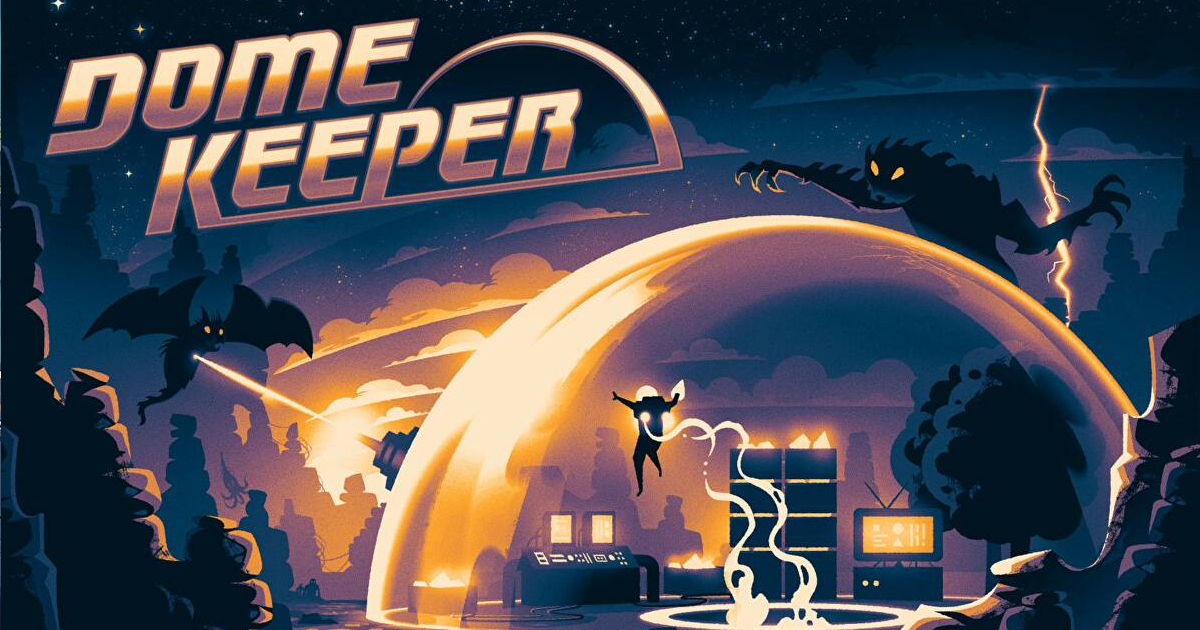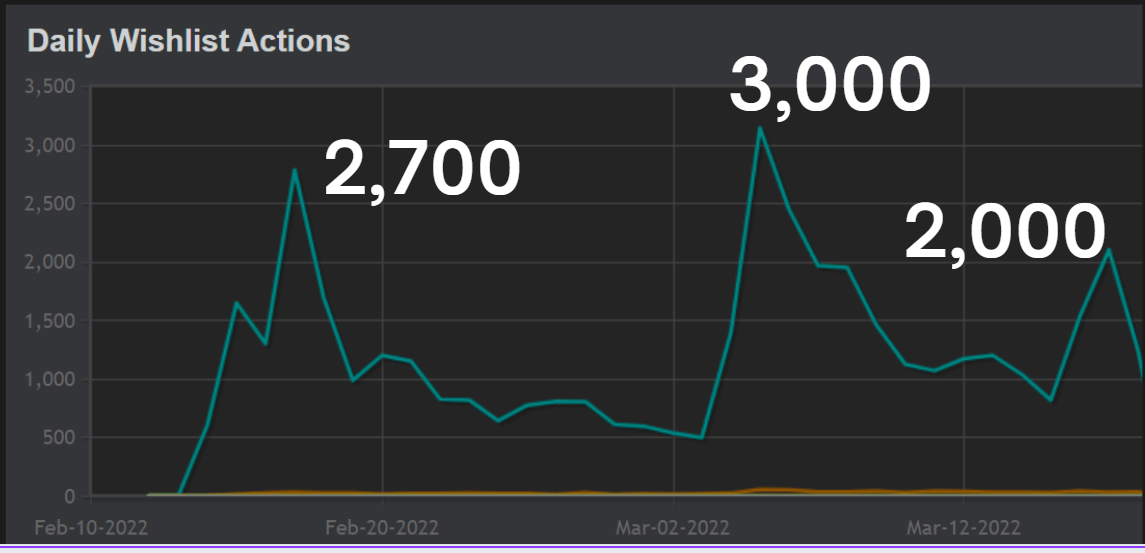Dome Keeper, an unusual combination of roguelike and mining genres, has grossed $1 million at launch. Here is how the Raw Fury-published indie game became profitable.

Game marketing consultant Chris Zukowski analyzed the Dome Keeper launch on his How To Market A Game blog to see the main factors behind its rapid success.
What is Dome Keeper?
Dome Keeper is a pixel art roguelike survival game, which combines elements of tower defense, mining, and base building. Players should collect resources and protect their dome from waves of creepy aliens.
The game was made by a married couple, programmer/designer Rene and artist Anne, who together formed the small indie team called Bippinbits.
Dome Keeper came out on September 27 on Steam and currently has an 88% rating based on 2,271 user reviews.
According to Raw Fury CEO Jónas Antonsson, the game became profitable a few hours after launch and grossed $1 million soon after. “[It] shows what can happen when an amazing game, made by a world class developer gets the support to make full impact,” he wrote.
Dome Keeper became profitable a few hours after launch & grossed $1 mil soon after! With over 7K games launched on Steam this yr, this result is far from given, but shows what can happen when an amazing game, made by a world class developer gets the support to make full impact.
— ⎛⎝Jonas⎠⎞ @ RawFury (@jantonsson) September 30, 2022
What are the factors behind Dome Keeper’s success?
- Prior to launching Dome Keeper, Bippinbits released 14 games on itch.io. As Zukowski pointed out, making a lot of projects “that don’t go big but still teach you the craft of game design” is one of the keys to success.
- Originally made for the Ludum Dare game jam and titled Dome Romantik, it received hundreds of positive reviews. Although the game was still far from finished, it had already grabbed players’ attention.
- According to Zukowski, it is hard to say what makes people like certain games, but you can always tell the project is good just based on a little playable slice and the core gameplay loop.
- “I feel like we needed 10 game jam games to get good enough to make a proper good game,” Rene said. So Bippinbits decided to switch all their attention to Dome Keeper and finish it.
- “Please don’t quit your day job until you have released a bunch of smaller games!” Zukowski noted. “Nothing magic happens when you become a ‘full-time indie.’ Your games don’t magically get better. You still have to make them.”
- When Bippinbits launched a Steam page for Dome Keeper, nothing really happened. The first spike in interest occurred after Best Indie Games’ Clemmy covered the game’s trailer on YouTube.
- Another important factor is #screenshotsaturday. Zukowski says it is important to keep posting your work on Twitter, even if posts don’t generate much likes or retweets. The thing is that many publisher scouts still check these tweets looking for hidden gems.
- That’s exactly what happened to Dome Keeper. Raw Fury’s Johan Toresson spotted one of Rene’s posts under this hashtag. As a result, Bippinbits signed a publishing deal.
- “Looking at Rene’s tweet I’d guess what I was doing was skipping away from the popular tweets with multiple hundreds of thousands RTs,” Toresson recalled.
- The next spike in wishlists came after the team released a demo in February. It grabbed the attention of multiple streamers, whose coverage helped Dome Keeper generate 40k wishlists in its first month.

- Bippinbits kept the demo live for as long as possible, so more people and content makers could try it. It also had an average playtime of 1 hour and 30 minutes, which, Zukowski says, is five times longer than the median number for indie games.
- After Raw Fury started marketing Dome Keeper, the number of wishlists grew to 189k just before launch.
- It is worth noting that the publisher put the game up for pre-purchase with a small portion of additional content and a reduced price. It is not something a lot of indie games do, but this strategy worked.
- Dome Keeper was also localized to 20 languages, which is really important for the game’s discoverability and potential sales.
